Kunsthistorisches Museum
Weather :
Tags : Museum
Timings : Tue – Sun: 10 a.m. – 6 p.m. Thu: 10 a.m. – 9 p.m.
Time Required : 1-2 hours
Entry Fee : Adults EUR 16
Ways to Experience this attraction
Kunsthistorisches Museum, Vienna Overview
Housed in the palatial building on Ringstrae, the Kunsthistoriches Museum is a Fine Arts Museum in Vienna. Adorned with an octagonal dome, this structure is the largest museum in the country and one of the most important Art History institutions in the world.
Inaugurated in 1891 by Emperor Franz Joseph I along with the Natural History Museum, the Kunsthistorisches was commissioned to shelter the Habsburgs' formidable art collection and to make it accessible to the general public. Its vast exhibitions of eminent artwork and largest Bruegel collections in the world make it a widely popular tourist attraction in Vienna.
Housing some of Europe's most treasured creations such as Raphael's "Madonna in the Meadow" and Vermeer's "The Allegory of Painting", the Kunsthistoriches Museum walks you through the culture of Austria- Hungary and its amalgamation into present-day Vienna. The museum hosts several activities and workshops for art lovers as well as children, in an attempt to educate the masses about Vienna's history of art.
Read More on Kunsthistorisches Museum
Ticket Information & Tours at Kunsthistorisches Museum
- Annual Ticket: EUR 44
- Annual Ticket U25: EUR 25
- Adults EUR: 16
- "Vienna Card" Holder: EUR 15
- Group Ticket p.p. (groups of 10, or over): EUR 12
- Children and teens under 19: free
- Guided Tour: EUR 4
- Combined ticket: Treasures of the Habsburgs EUR 22
- Combined ticket: Masterticket EUR 24
- Performance: Ganymed in Love 2019 EUR 42
- Audio guide: EUR 5
Collections at Kunsthistorisches Museum
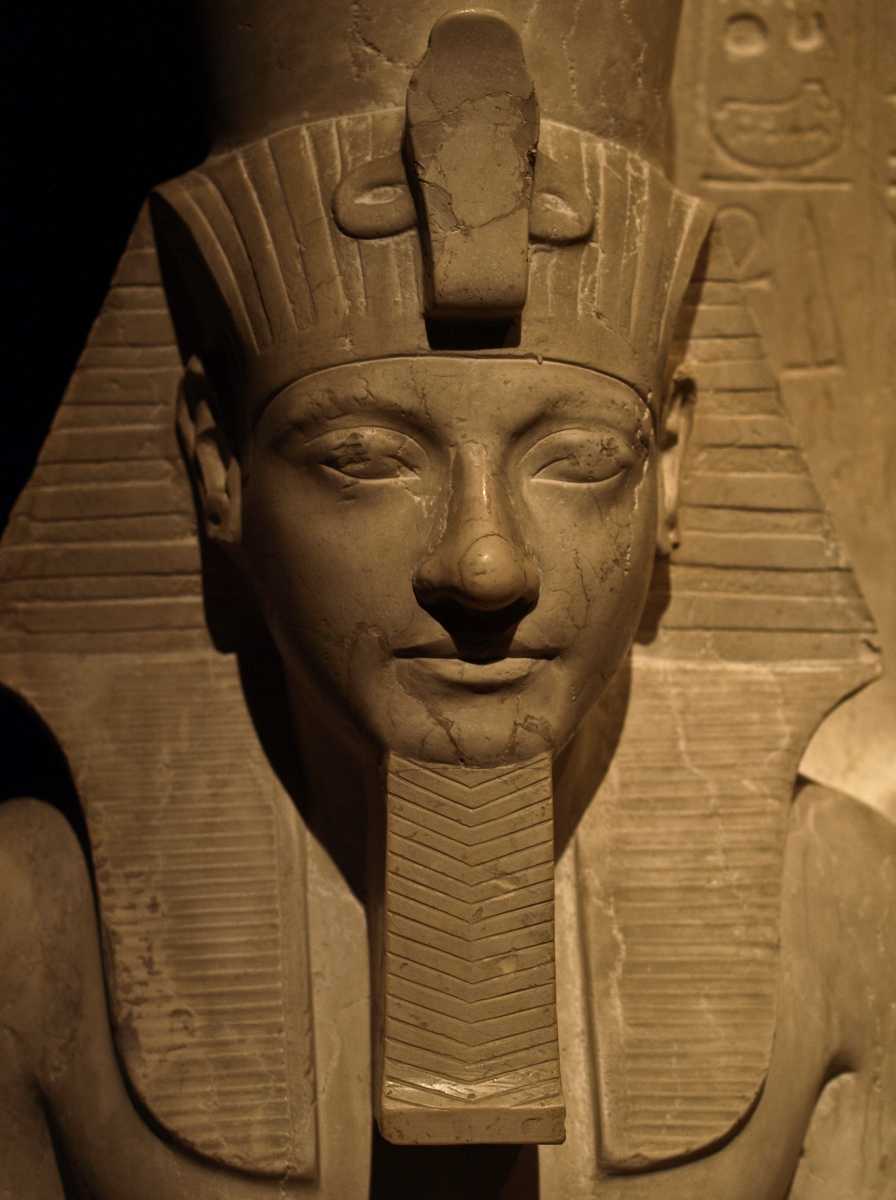
With over 17,000 objects dating back to four thousand years from date, the Egyptian and Near Eastern Collection of the Kunsthistoriches Museum is among the world’s most important collections of Egyptian antiquities. Structured in four large areas: funerary cult, cultural history, sculpture and relief and the development of writing, the artefacts originate from Egypt, Nubia, the eastern Mediterranean and Mesopotamia right to the Arabian Peninsula.
2. Collection of Greek and Roman Antiquities
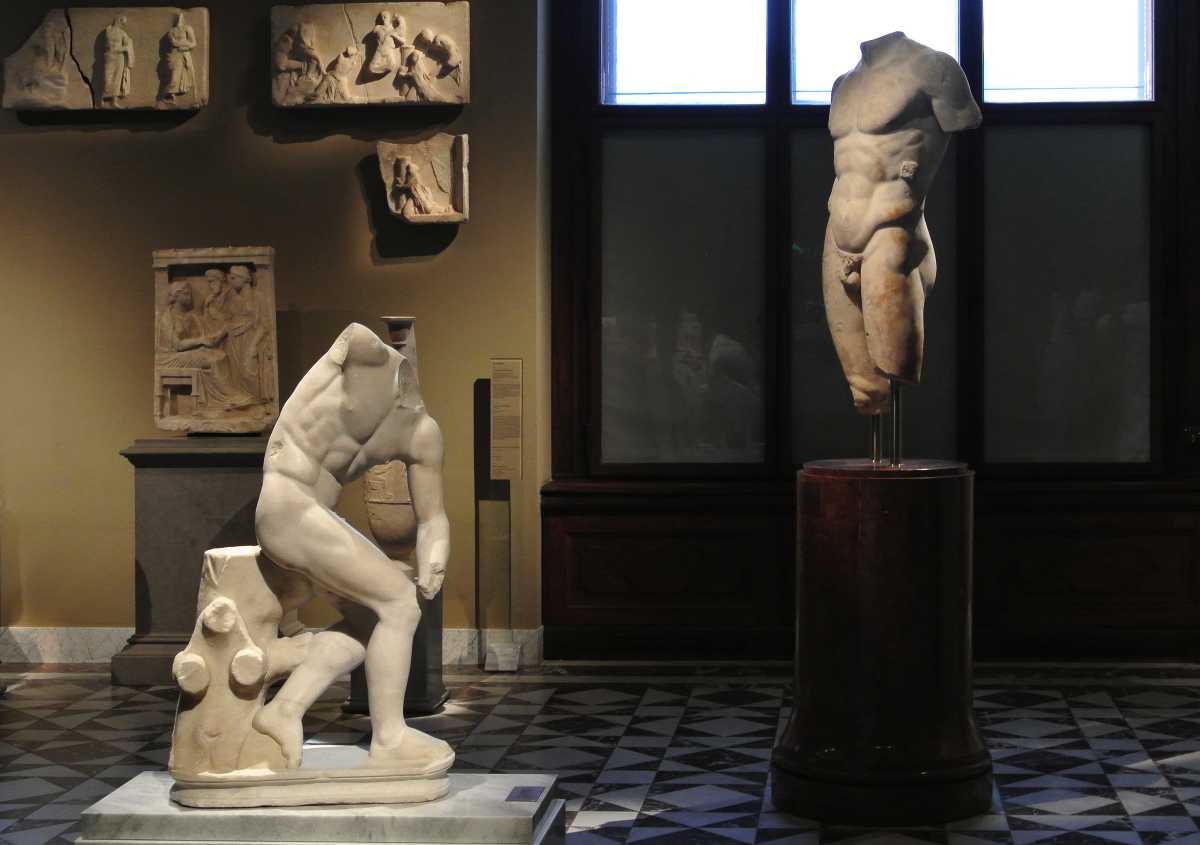
Spanning over a millennia, the Greek and Roman antiquities collection range from the Bronze Age to early medieval eras. Three main areas in particular make this collection one of the best of its kind: the unique and spectacular antique cameos, including the famous Gemma Augustea, the treasure troves dating from the period of the great migrations and the early Middle Ages, such as the golden treasure of Nagyszentmiklós, and the collection of vases with such masterpieces as the Brygos Cup.
3. Picture Gallery
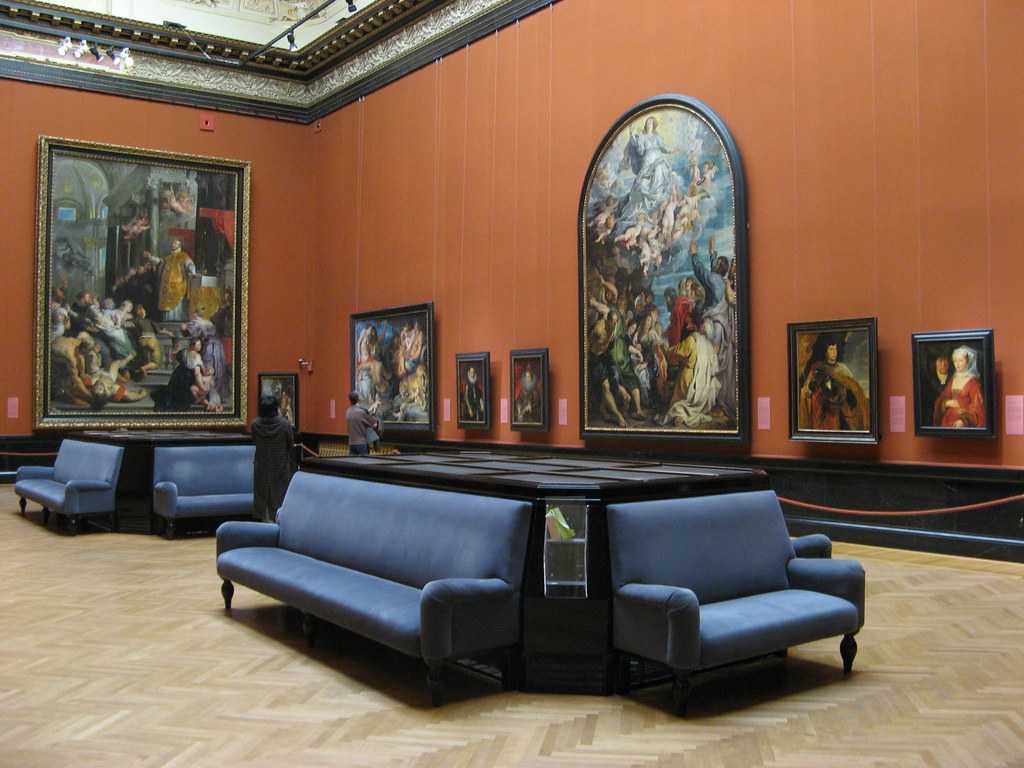
The Picture Gallery was made from the art collections of the House of Habsburg, the foundations of the picture gallery were laid in the 17th century. It houses the work of Pieter Bruegel the Elder, which are unique worldwide, as well as masterpieces by Vermeer, Rembrandt, Raphael, Caravaggio, Velázquez and Italian Baroque painters.
4. Kunstkammer Wien
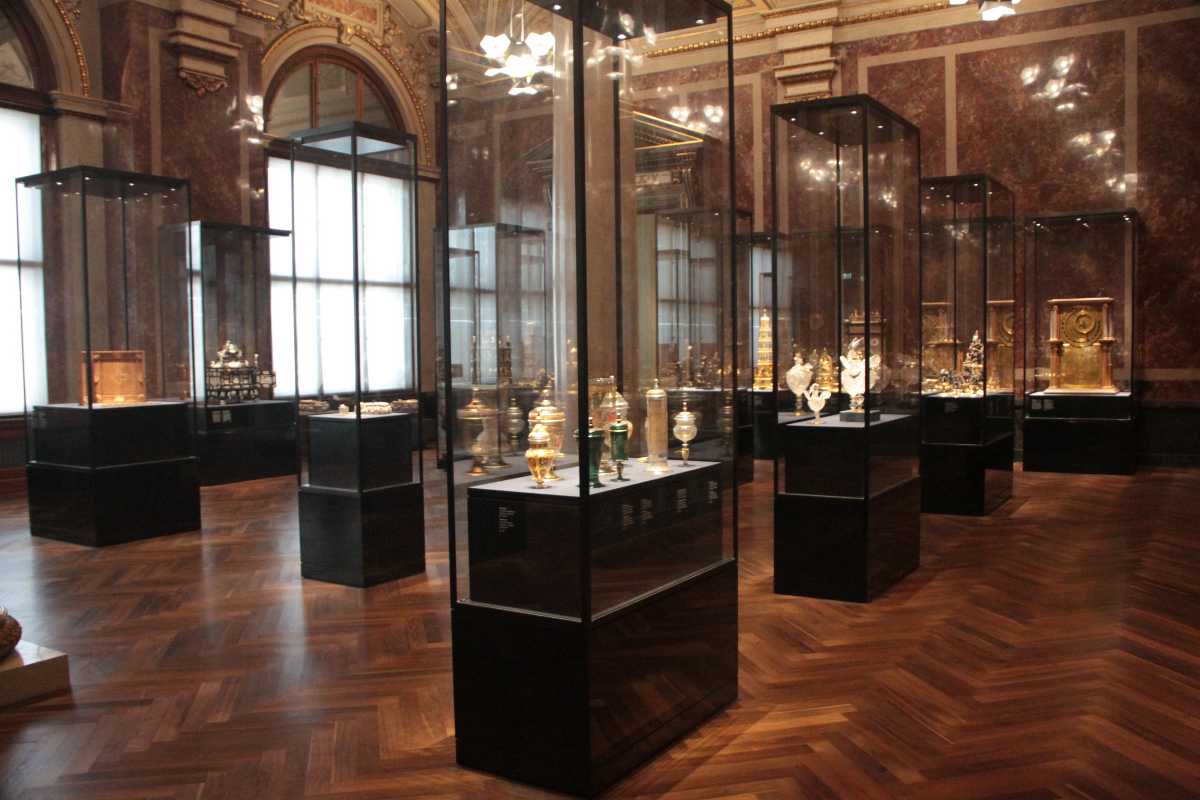
A museum within the museum, the Kunstkammer Wien encompasses 20 newly installed galleries ranging from the Renaissance to Baroque periods. Over 2200 pieces are installed in the Kunstkammer Wien. Salomon by Benvenuto Cellini, outstanding sculptures such as the Krumlov Madonna, magnificent bronze statuettes, delicate and bizarre ivories and precious stones vessels are a few popular ones among the large collection.
5. Coin Collection
Counted among the world’s top 5 greatest Coin Collections, the gallery at Kunsthistoriches Museum contains over 600,000 objects spanning three millennia. The different storeys offer different experiences; while the first hall focuses on its history and development in Italy, the second hall focuses on the methods pf oayments, natural monies and the invention of coins and paper money.
6. Collection of Historic Musical Instruments
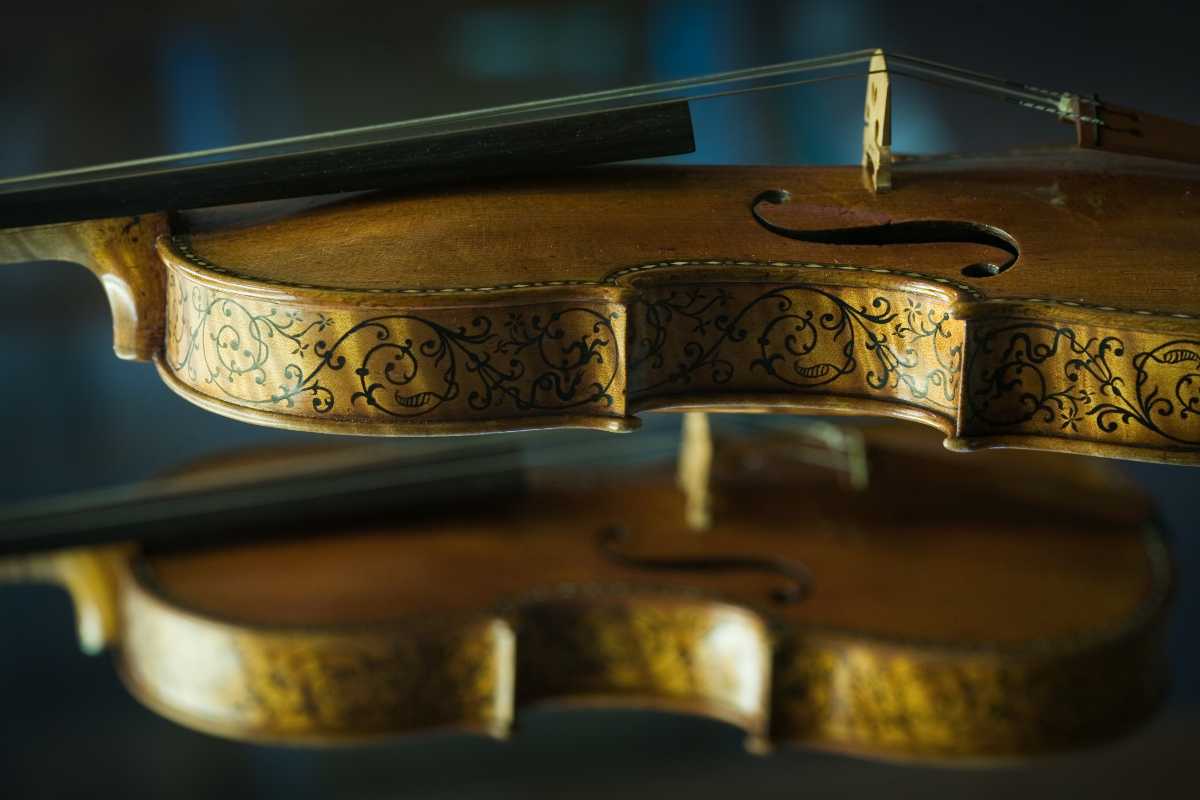
The collection, orginiated in the habsburg holdings, includes a particularly unique range of Viennese clavichords and forte pianos. The worlds of sound in which the composers of Viennese Classicism lived can be heard and understood here in a nearly complete fashion.
7. Imperial Armoury
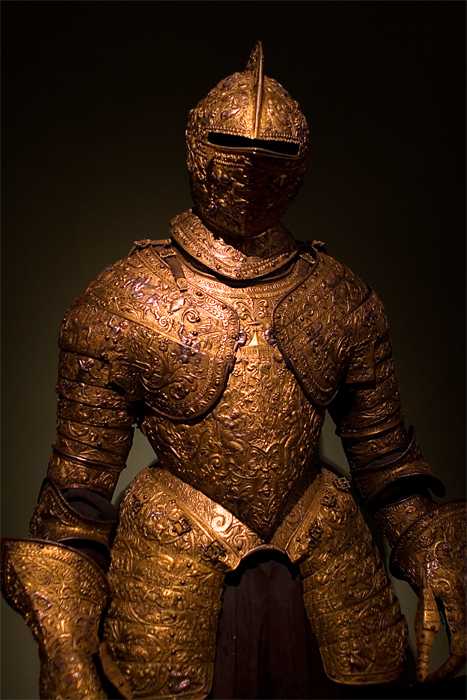
This collection represents the armour and ornamental weapons of nearly all Western European princes between the 15th and 20th century. The suits of armour are custom created by the most famous armourers such as the Armour for a Horseman by Tommaso Missaglia, the Cuirassier Armour by Lorenz Helmschmid for Emperor Maximilian I and the Boy's Folded Skirt Armour by Konrad Seusenhofer for the future Emperor Charles V.
8. Ephesos Museum
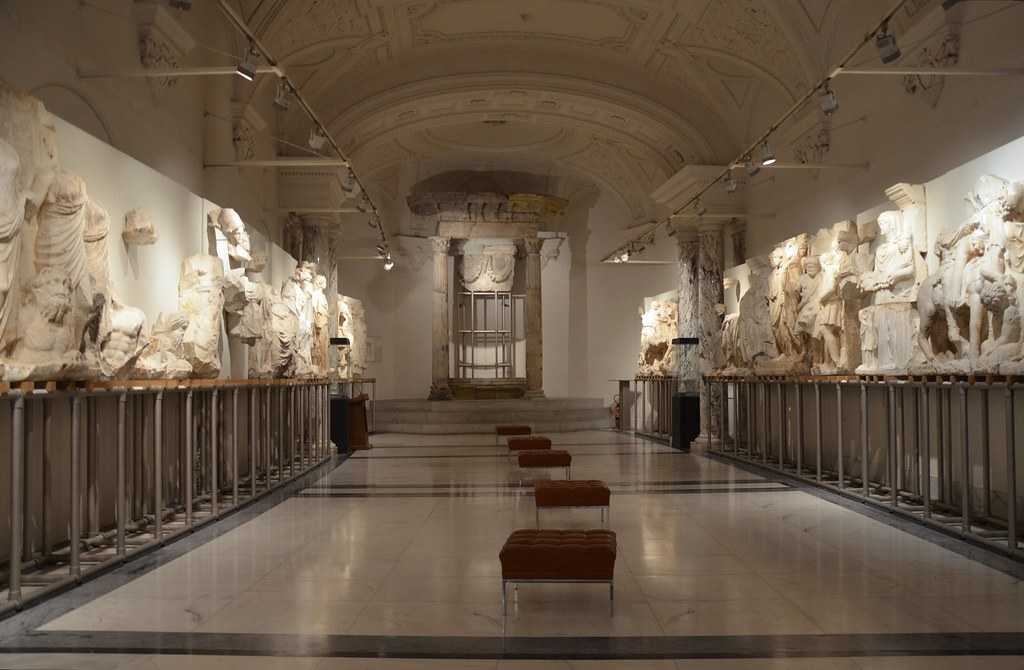
Modelled after Ephesos, a city of antiquity in present-day Turkey, the collection hosts a replica of the famous Artemis temple, one of the seven wonders of the world. Since the year 1895, Austrian archaeologists have excavating numerous recovered objects were moved to Vienna, which can today be seen at the Ephesos Museum, an annex to the Collection of Greek and Roman Antiquities.
Workshops & Lectures at Kunsthistorisches Museum
Sat: 10 AM – 6 PMThe museum also organises a variety of lectures and private tours tailored to specific groups. The following are the set tours:
Sun: 10 AM -1 PM
Price: EUR 130
- Ancient Egyptian and Near Eastern Collection, Collection of Greek and Roman Antiquities, Picture Gallery, Kunstkammer Vienna
- The Ephesus Museum, the Imperial Armoury, Collection of Historical Musical Instruments
- In the Imperial Treasury Vienna and the Carriage Museum Vienna
History of Kunsthistorisches Museum
How To Reach Kunsthistorisches Museum
Take subway train U3 to the Volkstheater station.
To reach the museum from the Hauptbahnhof
Take street car D to the Burgring/Kunsthistorisches Museum stop.
Public transportation: U2, U3, D- 1, 2, 2A, 57A
Top Hotel Collections
Top Hotels Near Kunsthistorisches Museum
Kunsthistorisches Museum Reviews

Have a Question on Kunsthistorisches Museum?

experience.